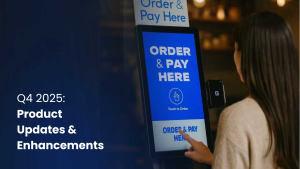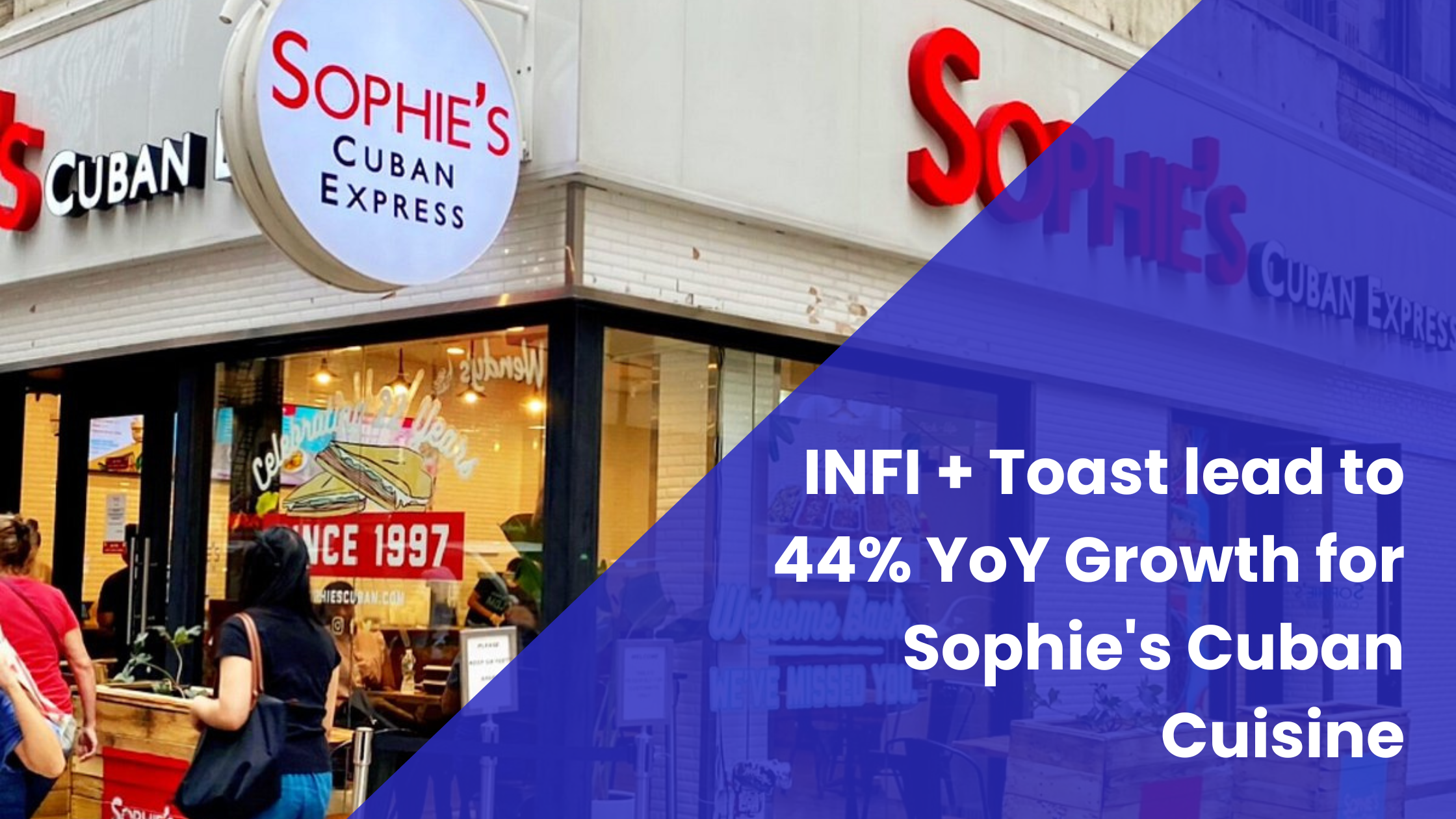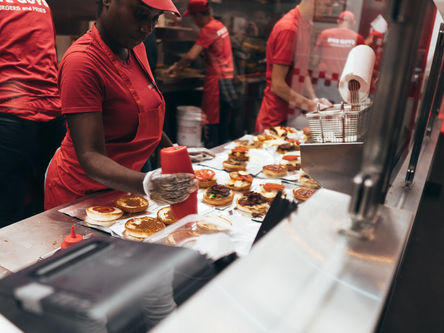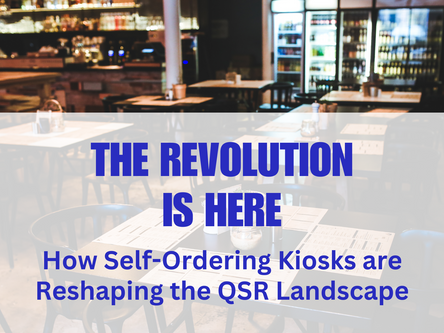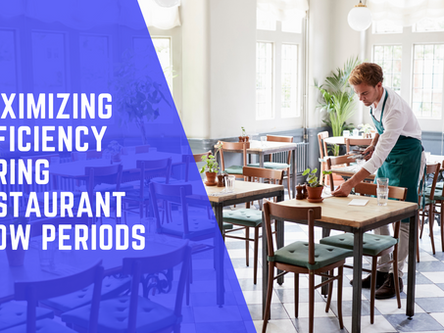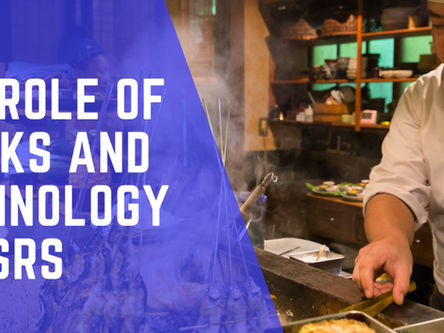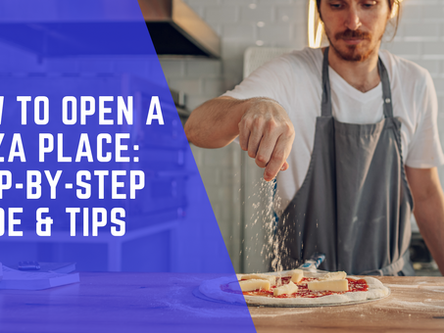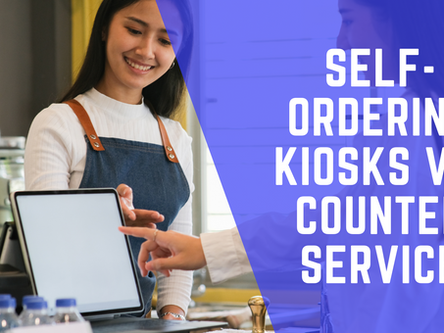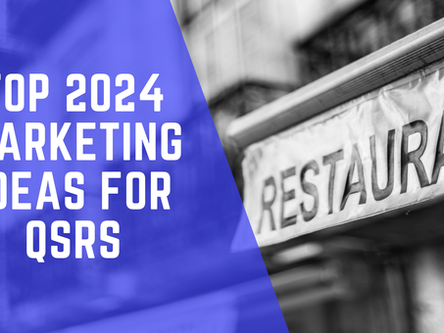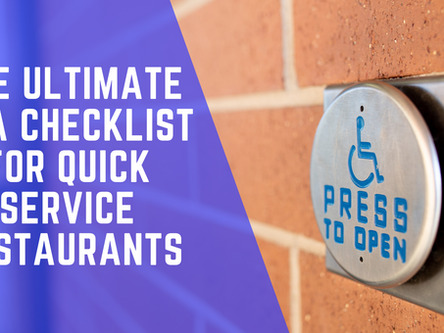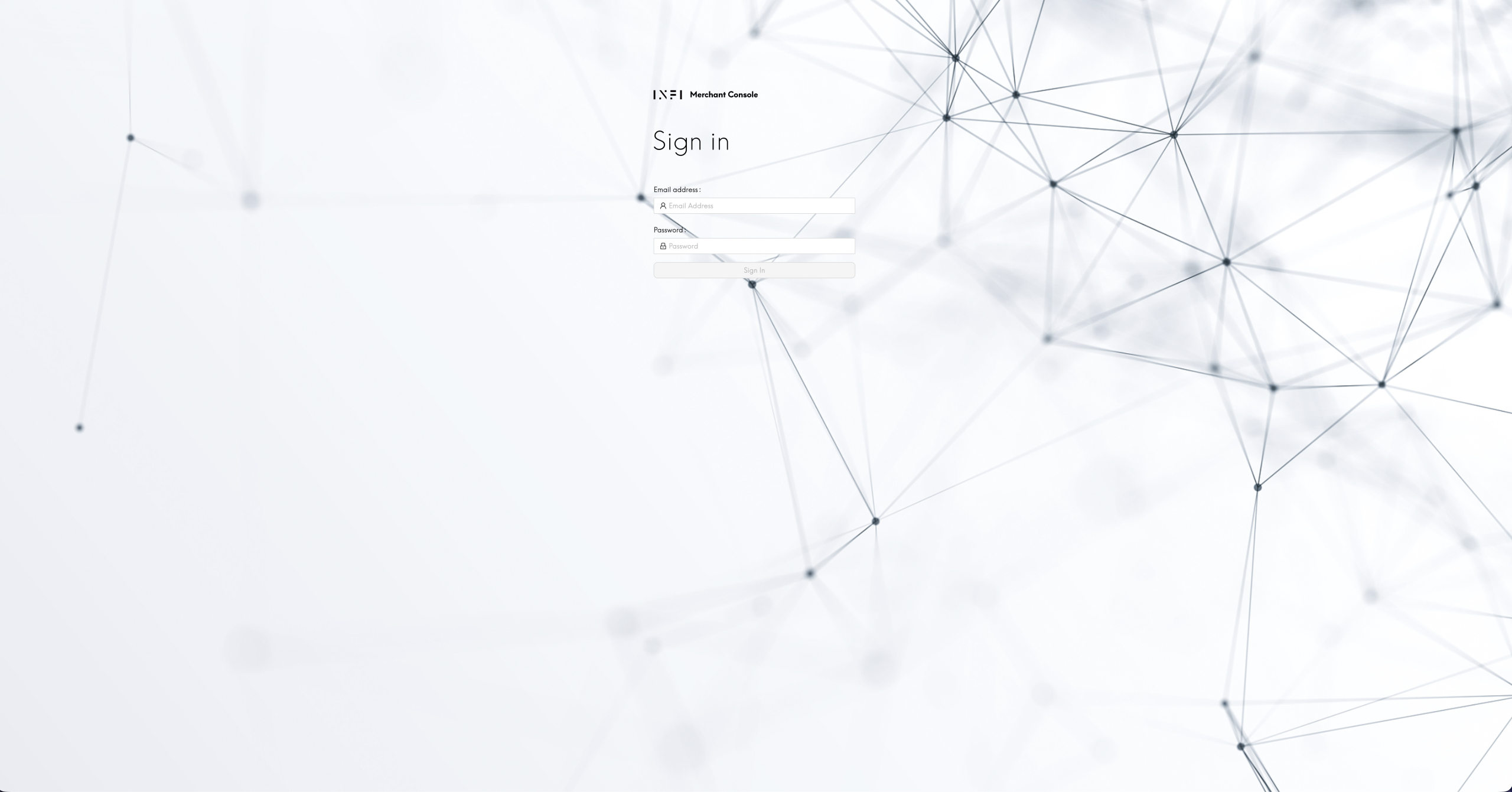QSR Kiosks: The Future of Ordering


Walk into any fast-food restaurant today, and you’re highly likely to see a self-service kiosk as an ordering option. As restaurants look for ways to improve the customer experience while also streamlining operations to help lower labor costs, many are opting to let their customers do their own ordering.
McDonald’s has led the way in embracing quick-service restaurant (QSR) kiosks, with kiosks in each of its locations by the end of 2020. Other fast-food and fast casual brands, like Panera, KFC, and Taco Bell, are close behind. Even some dine-in restaurants, like Chili’s, are adding this technology. QSR kiosks are the future of ordering, and they bring several benefits to the restaurant world. Here’s what you need to know about this tech — what it can do, how it benefits your business, and some challenges to implementing it effectively.
What Are QSR Kiosks?
QSR kiosks are self-ordering kiosks that allow a customer to put their own order in, rather than verbally ordering from a cashier at the point of sale (POS). They have touchscreen technology that allows the customer to browse the menu, make selections, customize orders, and pay, all on their own.
QSR kiosks unlock a variety of advantages for restaurants. The order automation saves time and labor costs, while customers have been shown to be more likely to choose add-ons and order more food when ordering through a screen rather than a cashier. The faster service and increased convenience all adds up to better customer satisfaction and overall sales figures. We’ll dive deeper into these benefits later.
How Are QSR Kiosks Used?
If you are considering adding a QSR kiosk to your ordering process, you’ll need to know how to use one. Here are the key components of the system.
Self-Ordering
The main selling point of a QSR kiosk is its self-ordering capabilities. Customers step up to the restaurant kiosk and input their orders themselves. This improves order accuracy because the customers put in exactly what they want and the risk of employee error lessens.
It also gives the customer more time to browse the menu without the pressure of the cashier standing there waiting for the customer’s order. Often, the self-ordering process also lessens the length of time customers wait in queues to put in their orders.
Bill Paying
The QSR kiosk doubles as a POS system. Customers are able to pay for their order directly on the kiosk with their debit or credit card. Some systems even have mobile payment options that allow the customer to pay through services like Apple Pay, Samsung Pay, or Google Pay, and other mobile wallet options. This self-payment process saves time and eliminates the need to handle as much cash.
Customer Data and Surveys
Another feature of the QSR kiosk that benefits restaurant owners on the back end is the customer data and surveys. You can set up satisfaction survey questions that customers answer before placing their order or getting a receipt, and those answers are huge for helping your restaurant improve its operations and menu offerings.
The systems also track customer information about common orders, rush hours, and more. Built-in loyalty systems allow restaurants to track individual customer orders as well and can help you build distinct audience segments as you collect more data.
What Are the Benefits of a QSR Kiosk?
QSR kiosks represent a sizable investment, so restaurants need to know that they will see a return on that investment before making it. Adding a QSR system has many benefits for fast-food, fast casual, and even dine-in casual restaurants. From saving time to improving customer service, these benefits make the investment worthwhile.
Saves Your Restaurant Time
Getting people in and out of your restaurant is a key to making money. Self-serve kiosks allow customers to place orders more quickly, lessening wait times and giving them their food faster.
This time savings also lets you use your people more effectively. Your restaurant has more people available to cook the food when you have self-service ordering, and this helps deliver customer orders faster as well.
Gives Your Customers Control
With self-service kiosks, your customers have more control over their orders. They can browse menu items on the kiosk as long as they want and customize their order when they find something they want to eat.
Customers also appreciate having updated information about the menu. You can update the menu in real-time, even adjusting as needed when supply chain issues arise, so they always have accurate information about what is available. Giving customers more control makes them happier overall with the dining experience at your restaurant.
Automates Upselling for You
Another perk of these kiosks is the upselling they do. Customers are more likely to say “yes” to adding fries or increasing the size of their drink when the human component is gone. The social pressure to eat healthily is no longer part of the process.
Not only that, but the kiosk never forgets to ask if they want to upgrade or add a dessert or side. Employees may forget. You can also update the upselling choices in real-time when your promotions change. As a result, using self-serve kiosks and automating upselling can increase check size by 15% to 20%.
Want to know more on how self-ordering kiosk could benefit your business? Check out our blog: Top Benefits of Self-Ordering Kiosks: 6 Reasons To Invest
Trying to evaluate on the pros & cons of fast-food kiosks? Take a look of our article: Pros & Cons of Fast-Food Kiosks in 2022
What Are the Challenges of Implementing a QSR Kiosk?
With all of these benefits, you may be wondering why more restaurants aren’t making the switch. Here are some of the challenges of implementing a QSR kiosk that holds some restaurants back.
Initial Cost for Kiosks Can Be Expensive
The initial cost for a new kiosk can be anywhere from $1,500 to $5,000 per unit, depending on the model and company. This is challenging for some restaurants, especially those that are not fast-food chains with large budgets. However, the return on investment quickly outweighs this initial cost with increased efficiency and average check size. Forward-thinking restaurants will recognize this and take the plunge to invest in kiosks.
Kiosks Sometimes Require IT Teams
Any time your restaurant implements new tech, you are going to run into some hiccups. When there are tech problems and your ordering system is down, you can’t take customer orders, which is a problem.
Occasional problems are normal with any new technology, so this is not unique to the fast-food kiosk market. However, the potential to lose income when tech problems arise may require you to have an employee or two who operates as an IT team. Another option is to partner with a kiosk company that offers its own tech help.
Kiosks Need Updating
Kiosks will need to be updated with new menu items and other updates from your restaurant. You will have to stay on top of these updates. While they are not usually difficult to implement, you must remember to take care of them.
However, this can end up being a perk for some establishments because updating a digital kiosk is actually easier than changing an overhead menu board. In fact, some systems allow restaurant owners to update remotely, which makes it easy to manage multiple locations and keep the menu items consistent across locations.
INFI: The Ultimate QSR Kiosk Experience
QSR kiosks are the future of menu ordering in today’s restaurants. These systems help increase customer satisfaction and overall income for your restaurant. Of course, there are some challenges to bringing in any new technology, like the initial startup cost and the need to keep the technology updated, but these are easily overcome.
If you are considering adding a kiosk to your ordering process, INFI offers an exceptional kiosk experience. Schedule a demo of our self-service kiosk system today.


